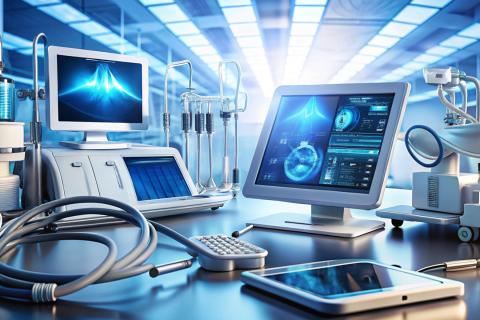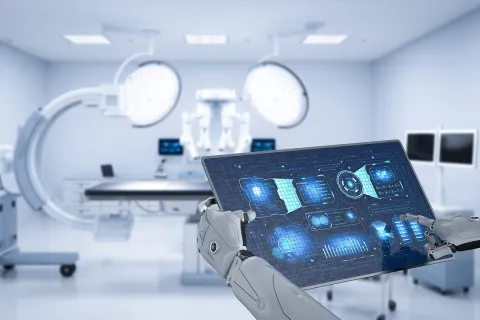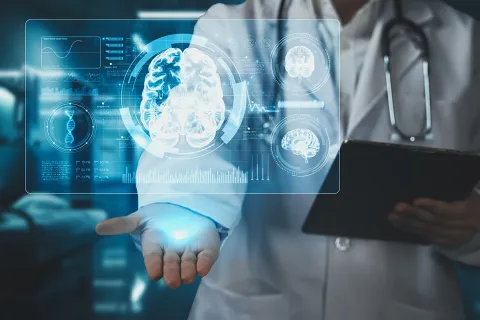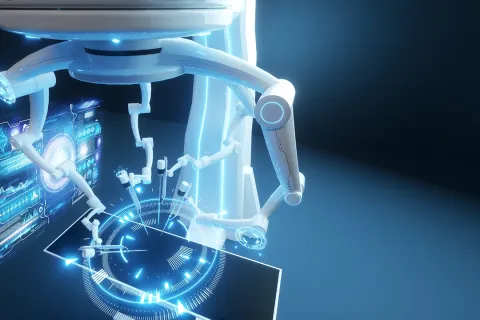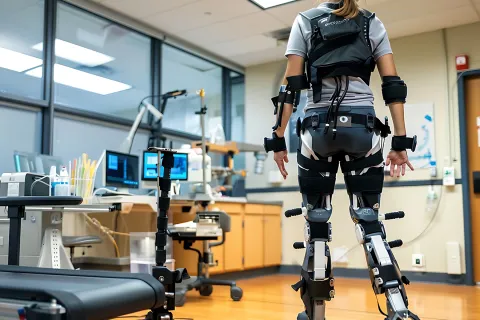
The National Health Surveillance Agency of Brazil (ANVISA) published a resolution RDC no. 657 on March 30, 2022, regulating Software as a Medical Device (SaMD). The resolution has been effective since July 1, 2022.
ANVISA defines Software as Medical Device (SaMD) as a software that meets the definition of a medical device, whether it is an in vitro diagnostic or not, intended for one or more medical indications, and which performs these purposes without being part of a medical device hardware. The SaMDs include mobile applications and software for in vitro purposes if their indications are included in the general definition of medical devices.
This definition includes, among others, software licensed by subscription and centrally hosted (Software as a Service), which falls within the definition of medical devices.
What Category of Medical Software is Subjected to this Resolution?
The new RDC 657/2022 explicitly states that it is not applied to the following:
- Software for well-being
- The software listed in ANVISA of non-regulated products
- Software used exclusively for administrative and financial management in health services
- Software that processes demographic and epidemiological medical data without any diagnostic or therapeutic purpose and
- Software shipped in a medical device under ANVISA surveillance
In addition, the SaMD must be framed in the rules and classes following the resolution RDC no. 185 of October 22, 2001.
Also, the SaMD developed internally by the health services for the use of the health service, head office, or branches coming into risk class I and II will not be subjected to regularization at ANVISA, provided they do not interfere in the operation of medical devices subject to regularization.
In case the health service does not have the validation records described at least ten (10) years after the disposal of SaMD developed internally, it will be considered non-regularized. The health services will have a period of two (02) years from the publication of this resolution to carry out the validation of the SaMD developed internally.
Additional Key Points to Remember
The other points to notice are:
- Language requirement of SaMD menu
- Labeling requirements and instructions for use
- SaMD menu should be ideally in Portuguese, or alternatively in English or Spanish, which is in use for healthcare experts
- SaMD is not meant for use by laypeople or in a domestic environment
Also, for the English and Spanish menu, the meaning of each item and command should be explained for instructions of use; and the need for language fluency for operators must be looked over. In addition to requirements stated by RDC 185/2001, the labeling of SaMD must also fulfill the below requirements:
- Procedure for updating SaMD as well as minimal hardware and software requirements
- Operating principle includes generic descriptions of algorithms, routines, and formulas used to generate clinical processing
- Alerts and warnings
- Interoperability specifications, compatibilities, and incompatibilities, as well as the technological environment
- Cybersecurity environment
Last but Not Least
The regularization of SaMD must follow general provisions of medical devices, especially RDC 185/2001 and RDC 40/2015, including its update.
In the case of risk class I and II SaMD, a duly completed application form for software notification must be submitted and available on ANVISA’s electronic portal. The technical documents of the SaMD notification regime, risk class I & II, which remain in possession of the company holding the notification, must contain the following:
| Medical Device Technical Dossier | Notification | |
| Class I | Class II | |
| Chapter 1 | ||
| Administrative and Technical Information (forms available on the ANVISA portal) | X | X |
| List of positive (Models/components/ variants) | X | x |
| Chapter 2 | ||
| Detailed Software description and Fundamentals of Operation and Action | X | x |
| Intended purpose (Purpose of use); Purpose of use; intended user; Indication of use Environment | X | x |
| Context of Intended Use | X | x |
| Contraindications of Use | X | x |
| Global marketing history | X | x |
| Chapter 3 | ||
| Risk Management | X | x |
| List of essential Safety and Performance Requirements | X | x |
| List of Technical standards | X | x |
| Firmware Description | X | x |
| Software development plan and software maintenance plan | X | x |
| Software Architecture | X | x |
| Compatibility and Interoperability tests with other software and hardware that medical software interacts with | X | x |
| List of residual anomalies (including Known errors and defects) not resolved with analysis of | X | x |
| Traceability document of requirements, specifications, verification and validation tests and risks | X | x |
| Versions (including components) | X | x |
| Declaration of Compliance with international standards or their national verses | X | x |
| Usability /Human factors | X | x |
| Chapter 4 | ||
| General Summary of Clinical Evidence | X | x |
| Relevant Clinical literature | X | x |
| Chapter 5 | ||
| Product Labeling | X | x |
| Use Instructions/ User Manual | X | x |
| Chapter 6 | ||
| General Manufacturing Information (manufacturing Unit Addresses) | X | x |
| Manufacturing Process (Gluxogram) | X | x |
| Project Information and Involvement | X | x |
The manufacturer will not be able to commercialize the SaMD, and its update with the expired or canceled regularization. SaMD is subject to audit, market monitoring, and inspection by the competent Health Authority (HA). In case of irregularity, regularization may be suspended till the identified problem is rectified.
The amendments done in the software regulations by ANVISA can ease the burden of the manufacturer as the above changes seem to ease the language barrier and can also help in the preparation of the documents required to market their SaMD on time.
To gain further insights about an impact assessment on Regulatory services in Brazil and other LATAM countries, consult our Regulatory experts!
Stay informed. Stay compliant.
